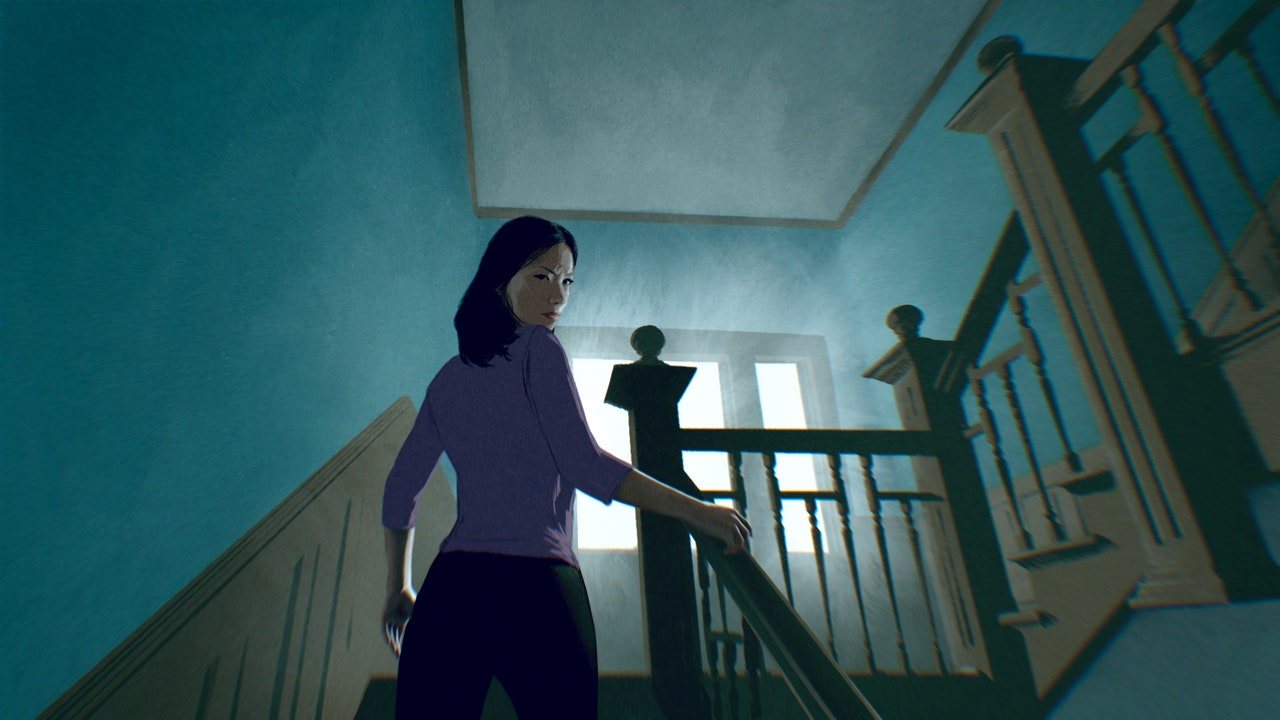WTF Was That?! Steven Soderbergh's 'Presence'
I wrote that title/headline trying to inhabit the tone and voice of the characters in the film, in which a family moves into a house only to find it haunted by a ghost. For those of us in the audience, the movie-going appeal of this time-honored premise is that it was 1) directed by auteur Steven Soderbergh and 2) it was shot entirely in the first-person perspective of the ghost.
Upon reading it back, I realized it could be read as criticism of the film, which, after having listened to the spirited debate on The Filmcast episode dedicated to the movie, seemed like a fortuitous mistake that I decided to keep.

Note: The feature review begins about an hour into the episode and there is a separate spoiler section if you don't want to hear the film's ending discussed.
I'm still trying to decide what I think of the film. I thought it was going to be a true horror film, but it wasn't (in case you're not a big horror fan and have been using that as your reason for avoiding it). Perhaps there's a bit of tension in not knowing exactly what this ghost can do, but otherwise, it's more accurately described as rather serious domestic drama with a large cast of unlikeable characters.
But the conceit of the film was something I was excited about: the first-person POV. Like many things with Soderbergh, he can make it look pretty effortless, perhaps disguising the technical allure of the film (as a storyteller, I'm sure he wouldn't want us to be focused on the camera in such a meta way).
The New Yorker's Richard Brody explored the importance of Soderbergh's deployment of this (potentially) gimmicky exercise and found it not only no gimmick but very much necessary.

Comparing it to RaMell Ross's use of the same conceptual technique (though I'd argue harder to pull off than Soderbergh's) in Nickel Boys, Brody said:
But Ross employs his method to create a depth of subjectivity that matches Whitehead’s language, and an intense physicality that surpasses the familiar tropes of cinematic representation. With “Presence,” the eye of the ghost is a matter not of representation but of plot—subtract the subjective camerawork that incarnates an increasingly active spirit, and there’s no movie.


Comments